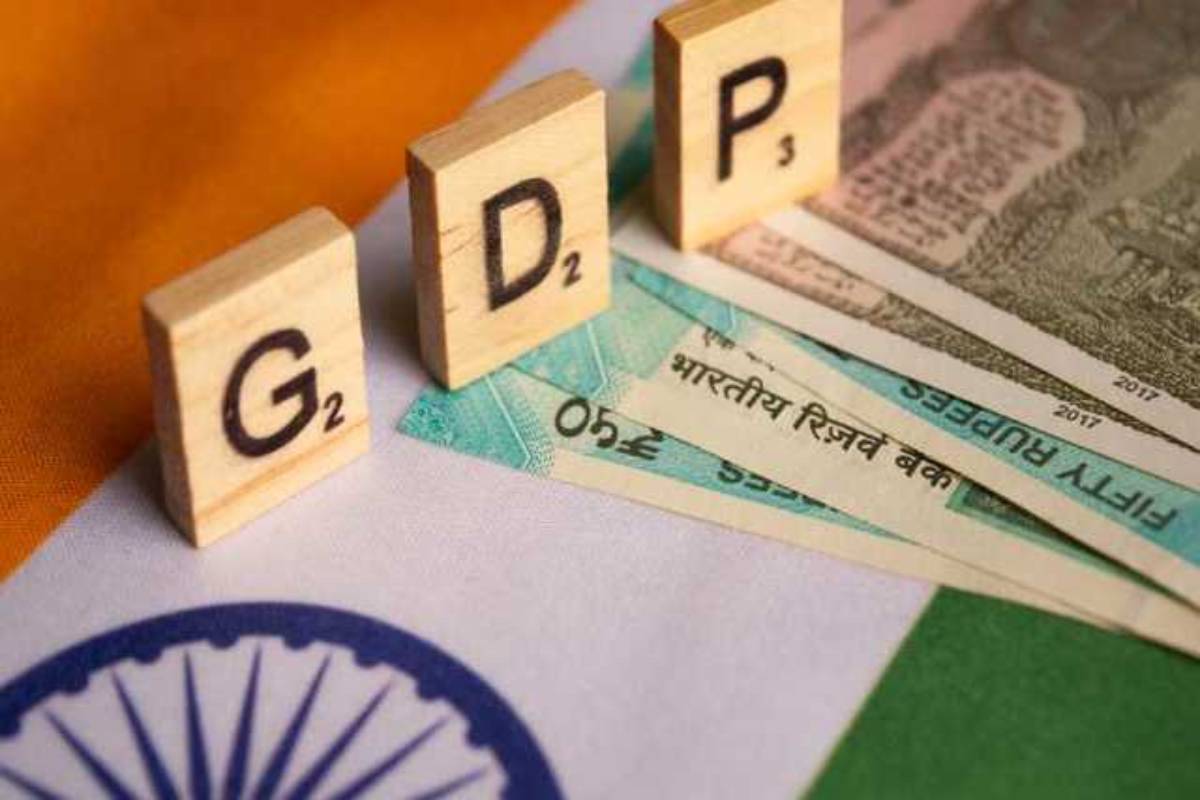India’s economic diplomacy has become a crucial component of its broader strategic engagements, particularly in the Indo-Pacific region. While New Delhi has successfully expanded its political and security partnerships through platforms such as the Quad and bilateral ties with major powers like the United States, its economic footprint in the region remains underdeveloped. This imbalance is concerning, especially for a country that is now the world’s fifth-largest economy.
India’s next frontier in its Indo-Pacific strategy must involve strengthening trade and investment linkages to secure a more influential role in regional dynamics. India’s economic linkages within the Indo-Pacific pale in comparison to its geopolitical aspirations. Despite the region’s importance to global trade, India’s trade-to-GDP ratio is significantly lower than key Indo-Pacific nations like Vietnam, Thailand, and Malaysia. Over the past decade, this ratio has also declined, reflecting India’s inward-looking economic policies. This trend is particularly problematic at a time when other regional powers are deepening their economic integration through mechanisms like the Regional Comprehensive Economic Partnership (RCEP), a deal India walked away from, and the Comprehensive and Progressive Agreement for Trans-Pacific Partnership (CPTPP), which India has not pursued.
Advertisement
India’s relatively weak position in terms of foreign investment is another challenge. While India boasts world-leading conglomerates, it ranks low as a source of outbound investment to regional economies. For a country that seeks greater regional influence, India’s limited role as a primary foreign investor restricts its ability to shape economic networks in its favour. Outbound investment, particularly in Southeast Asia and the broader Indo-Pacific, could be a powerful tool for increasing India’s economic influence and creating strategic partnerships. The government’s economic policies, while addressing critical domestic needs, have inadvertently contributed to India’s limited regional presence. In recent years, India has adopted protectionist measures, including increased customs duties and production-linked incentives for local manufacturing.
While these initiatives aim to reduce the trade deficit and create jobs, they have also created barriers to deeper economic integration with Indo-Pacific economies. A more balanced approach is necessary; one that encourages local manufacturing while simultaneously fostering stronger regional trade ties. Furthermore, India’s recent trade agreements, while commendable, remain narrow in scope. Deals with the UAE and Australia have improved tariff reductions, but they fall short in areas like services and investment security. India must pursue more ambitious agreements that promote deeper economic integration across multiple sectors, making it a more attractive partner for regional economies. To solidify its leadership role in the Indo-Pacific, India needs to complement its strategic engagements with stronger economic diplomacy.
Expanding trade agreements, reducing non-tariff barriers, and increasing outbound investment in key Indo-Pacific markets will not only enhance India’s economic influence but also ensure long-term regional stability. As Asia’s economies continue to grow, India must seize the opportunity to become a central player in the region’s economic architecture.











